Types of E-bikes
Electric bicycles, or e-bikes, have revolutionized the way people commute, exercise, and explore the outdoors. With the increasing popularity of e-bikes, manufacturers have developed a wide range of models to cater to various riding styles, terrains, and user preferences.
This article will delve into the different types of e-bikes available in the market, helping you understand their unique features and benefits to make an informed decision when choosing the perfect e-bike for your needs.
Short answer: There are several types of e-bikes designed for different purposes, including city e-bikes for urban commuting, mountain e-bikes for off-road adventures, folding e-bikes for convenient storage and transport, cargo e-bikes for hauling goods, road e-bikes for speed and distance, hybrid e-bikes for versatility, fat tire e-bikes for stability and traction, and cruiser e-bikes for leisurely rides. Each type has its own unique features and benefits, catering to specific riding styles and user preferences.
- City E-Bikes
- Mountain E-Bikes
- Folding E-Bikes
- Cargo E-Bikes
- Road E-Bikes
- Hybrid E-Bikes
- Fat Tire E-Bikes
- Cruiser E-Bikes
- Choosing the Right E-Bike
- E-Bike Types FAQ
City E-Bikes

City e-bikes, also known as urban e-bikes or commuter e-bikes, are designed for navigating busy city streets and urban environments. These e-bikes prioritize comfort, practicality, and efficiency, making them an excellent choice for daily commuters and casual riders alike. City e-bikes typically feature a step-through or low-step frame design, allowing for easy mounting and dismounting, even when wearing formal attire or carrying luggage.
One of the key advantages of city e-bikes is their upright riding position, which provides a comfortable and relaxed posture while offering a clear view of the surroundings. This riding position also reduces strain on the back, neck, and wrists, making longer rides more enjoyable. City e-bikes often come equipped with features such as fenders, chain guards, and built-in lights, ensuring riders stay clean, dry, and visible in various weather conditions.
In terms of performance, city e-bikes typically have a moderate motor power output and battery capacity, sufficient for daily commutes and short trips around town. They often have a limited top speed to comply with local e-bike regulations and ensure rider safety in urban traffic. City e-bikes also feature smooth, efficient tires suitable for paved roads, and some models may include suspension forks or seatposts for added comfort on uneven surfaces.
Mountain E-Bikes
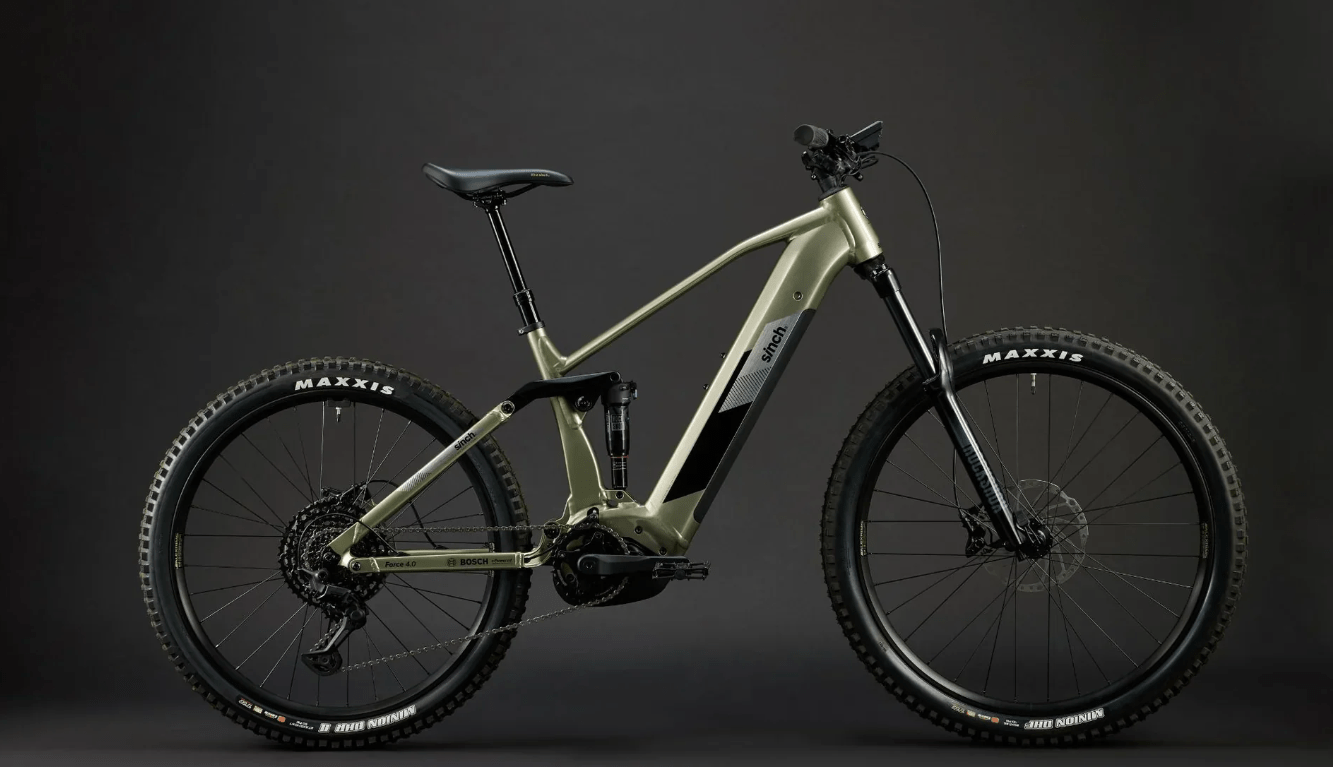
Mountain e-bikes, or eMTBs, are designed for tackling challenging off-road terrain, such as steep inclines, rocky trails, and technical descents. These e-bikes combine the ruggedness and capability of traditional mountain bikes with the power and assistance of an electric motor. Mountain e-bikes feature sturdy frames, wide handlebars, and knobby tires for optimal control, stability, and traction in rough conditions.
One of the primary benefits of mountain e-bikes is their ability to make off-road riding more accessible and enjoyable for a wider range of riders. The electric motor assistance helps riders conquer steep climbs and maintain momentum on challenging trails, reducing fatigue and allowing for longer, more adventurous rides. Mountain e-bikes also enable riders to explore new territories and take on more advanced trails that might otherwise be too demanding.
Mountain e-bikes come in various sub-categories, such as cross-country (XC), trail, all-mountain, and downhill, each tailored to specific riding styles and terrains. They typically feature advanced suspension systems, high-torque motors, and durable components to withstand the rigors of off-road riding. When choosing a mountain e-bike, consider factors such as the type of terrain you'll be riding, your skill level, and the desired balance between pedal assistance and physical exertion.
Folding E-Bikes
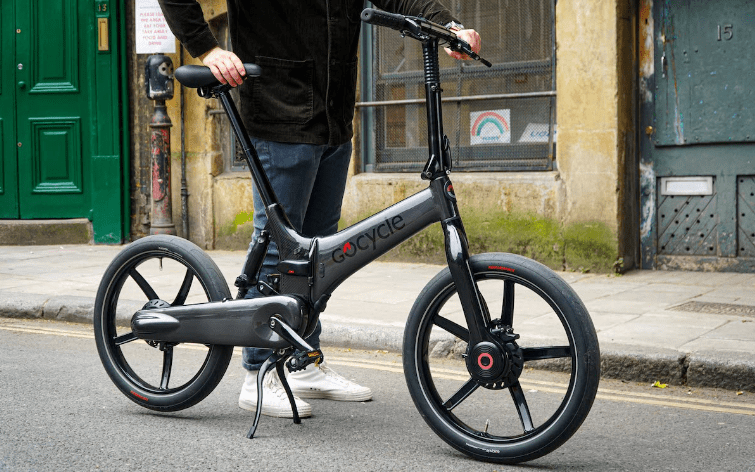
Folding e-bikes are designed for riders who value portability, storage, and multi-modal transportation. These e-bikes can be easily folded into a compact size, making them convenient to store in small apartments, offices, or car trunks. Folding e-bikes are also ideal for riders who combine cycling with other forms of transportation, such as trains, buses, or subways, as they can be easily carried and stowed when not in use.
Despite their compact size, folding e-bikes offer a comfortable and efficient riding experience. They typically feature small wheels (16" to 20") and a low-step frame design, making them easy to mount and maneuver in tight spaces. Folding e-bikes often have adjustable components, such as handlebars and seatposts, to accommodate riders of different heights and ensure a proper fit.
When choosing a folding e-bike, consider factors such as the folding mechanism's ease of use, the folded dimensions, and the overall weight of the bike. Some folding e-bikes prioritize compact folding and lightweight design, while others focus on sturdiness and ride quality. Keep in mind that folding e-bikes may have lower top speeds and shorter range compared to non-folding models due to their smaller wheels and battery capacity.
Cargo E-Bikes
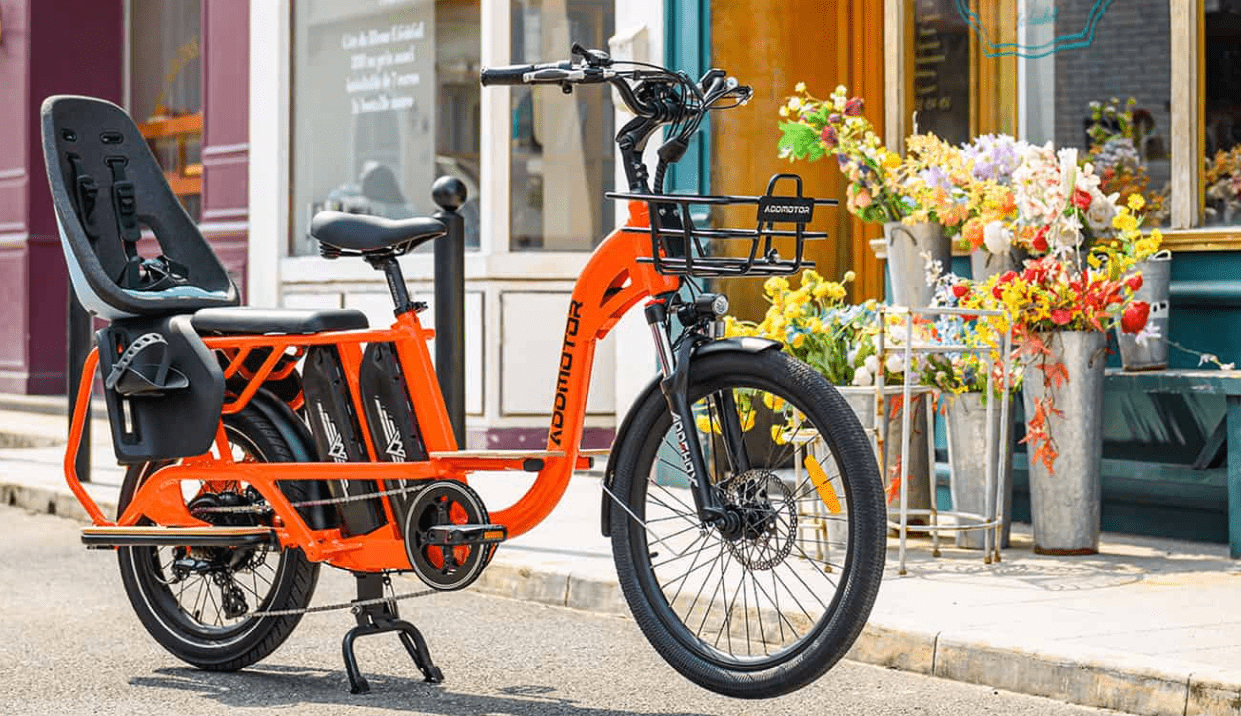
Cargo e-bikes are designed for hauling heavy loads, such as groceries, packages, or even children. These e-bikes feature a large cargo area, either in the front or rear of the bike, which can be outfitted with baskets, boxes, or specialized child seats. Cargo e-bikes are popular among families, small business owners, and anyone who needs to transport goods or passengers without relying on a car.
The electric motor assistance is particularly beneficial for cargo e-bikes, as it helps riders carry heavy loads with ease, even on uphill or long-distance trips. Cargo e-bikes typically have powerful motors, high-capacity batteries, and sturdy frames to support the extra weight and maintain stability. They also often feature low-maintenance components, such as belt drives and internal gear hubs, to reduce the need for frequent adjustments and repairs.
When choosing a cargo e-bike, consider the type and size of cargo you'll be carrying, as well as the bike's loading capacity and weight distribution. Some cargo e-bikes have modular designs that allow for customization and adaptability to different cargo needs. Also, keep in mind that cargo e-bikes are generally larger and heavier than standard e-bikes, which may affect maneuverability and storage options.
Road E-bikes
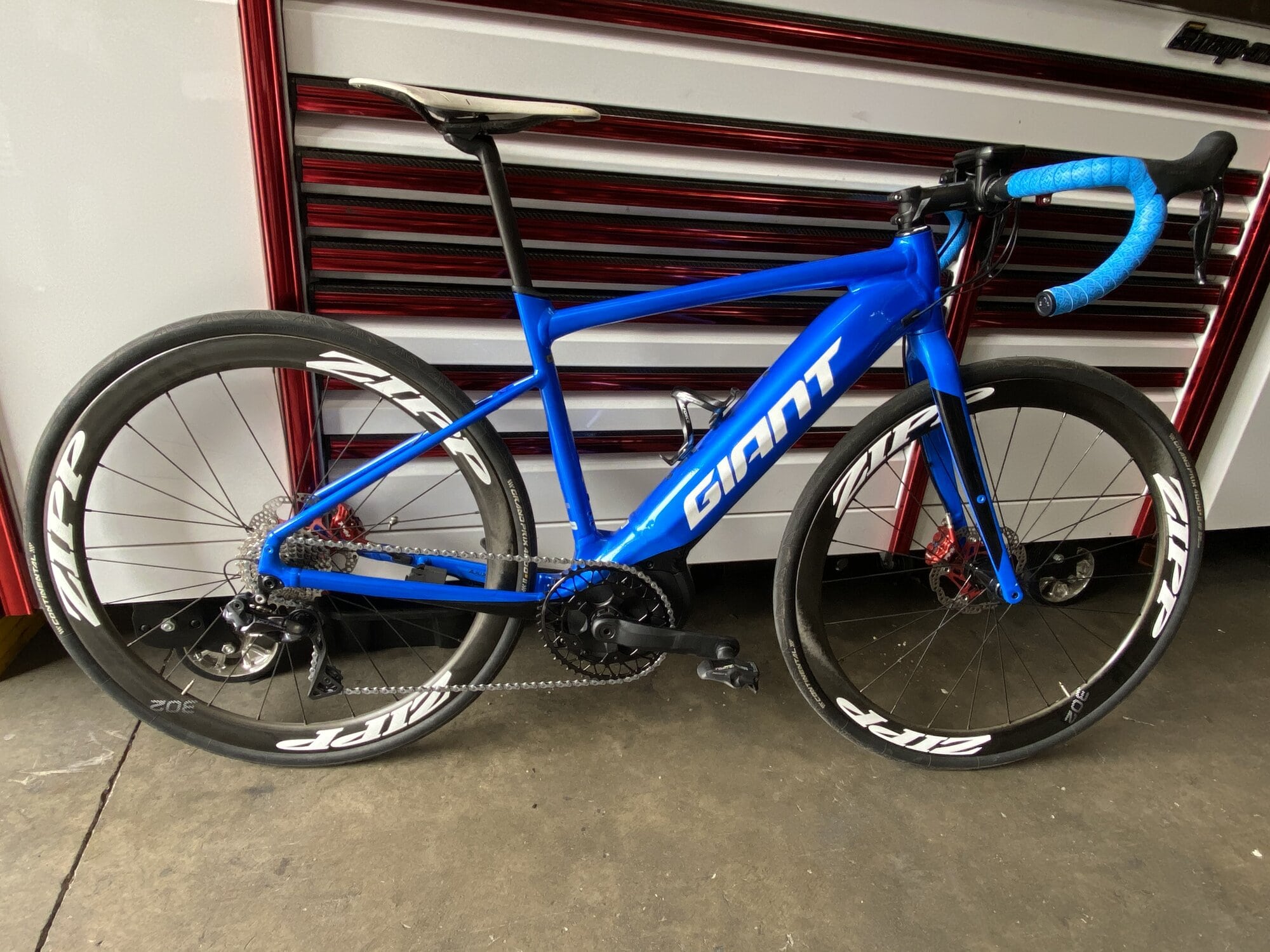
Road e-bikes are designed for speed, efficiency, and long-distance riding on paved roads. These e-bikes closely resemble traditional road bikes, with drop handlebars, narrow tires, and lightweight frames optimized for aerodynamics and performance. Road e-bikes are popular among fitness enthusiasts, commuters, and cyclists who want to cover longer distances with less effort.
The electric motor assistance in road e-bikes is typically more subtle compared to other e-bike types, as the focus is on enhancing the rider's natural pedaling power rather than providing a dominant boost. Road e-bikes often have smooth, quiet motors and sleek integrated batteries that blend seamlessly with the bike's design. They also feature high-quality components, such as precise shifting systems and powerful disc brakes, to ensure reliable performance and control.
When choosing a road e-bike, consider factors such as the motor's power output, battery capacity, and overall bike weight. Some road e-bikes prioritize lightweight design and minimal motor assistance for a more natural riding feel, while others offer higher power output and longer range for extended trips or hillier terrain. Also, ensure that the bike's geometry and components are suitable for your riding style and preferences.
Hybrid E-Bikes

Hybrid e-bikes combine elements of city, mountain, and road e-bikes to create a versatile all-rounder suitable for various riding conditions. These e-bikes feature a comfortable, upright riding position, wide tires for stability, and a mix of components designed for both paved and light off-road surfaces. Hybrid e-bikes are popular among riders who want a single bike that can handle commuting, leisure rides, and light trail exploration.
The motor and battery specifications of hybrid e-bikes vary depending on the intended use and price point. Some hybrid e-bikes prioritize power and range for longer commutes or hilly terrain, while others focus on providing a balanced, efficient ride for daily use. Hybrid e-bikes often have a step-through or low-step frame design for easy mounting and dismounting, as well as features like fenders, racks, and lights for practicality and versatility.
When choosing a hybrid e-bike, consider your primary riding goals and the types of terrain you'll encounter most often. Some hybrid e-bikes lean more towards the city bike end of the spectrum, with smoother tires and commuter-friendly features, while others incorporate more mountain bike elements for improved off-road capability. Test-ride different models to find the best balance of comfort, performance, and features for your needs.
Fat Tire E-Bikes
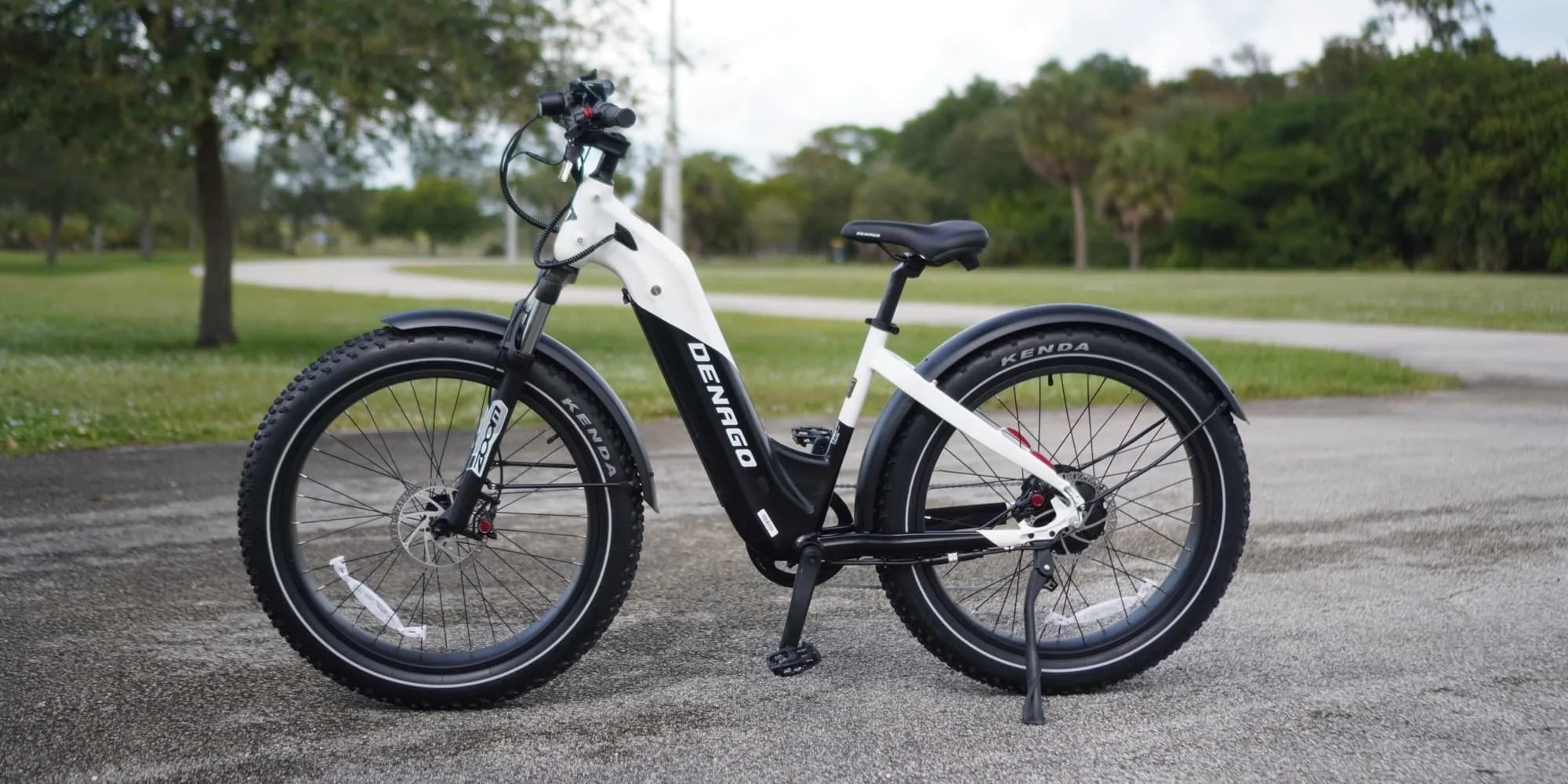
Fat tire e-bikes, also known as all-terrain e-bikes, feature oversized tires (typically 4" or wider) that provide exceptional traction, stability, and comfort on a variety of surfaces, including sand, snow, and rough trails. These e-bikes are designed for riders who want to explore off-road terrain that would be challenging for traditional mountain bikes, or for those who prioritize a smooth, cushioned ride on unpaved surfaces.
The wide, low-pressure tires of fat tire e-bikes absorb shocks and vibrations, providing a more forgiving ride on bumpy terrain. They also offer improved flotation on soft surfaces like sand or snow, making them popular among beach cruisers and winter cyclists. Fat tire e-bikes typically have sturdy frames and powerful motors to handle the added weight and rolling resistance of the large tires.
When choosing a fat tire e-bike, consider the type of terrain you'll be riding most often, as well as the bike's overall weight and maneuverability. Some fat tire e-bikes are designed for extreme off-road adventures, with high-power motors and advanced suspension systems, while others prioritize comfort and stability for more leisurely rides on mixed surfaces. Keep in mind that the large tires and sturdy build of fat tire e-bikes may result in a heavier overall weight and slower top speeds compared to other e-bike types.
Cruiser E-Bikes
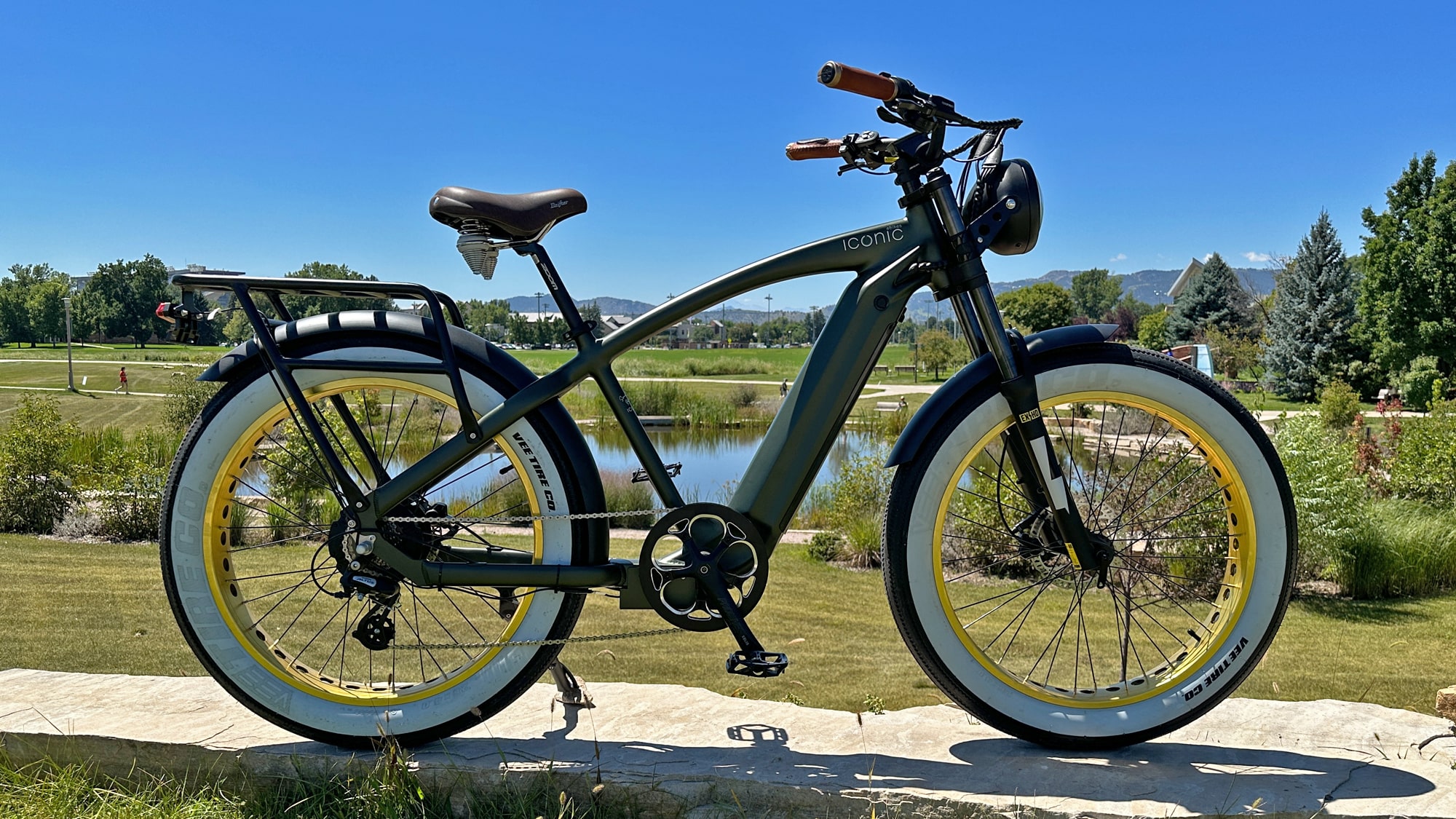
Cruiser e-bikes, inspired by classic beach cruiser bicycles, are designed for leisure, comfort, and style. These e-bikes feature a relaxed, upright riding position, wide seats, and swept-back handlebars for a comfortable, laid-back riding experience. Cruiser e-bikes are perfect for casual rides around town, along the beach, or on bike paths, prioritizing enjoyment over speed or performance.
The electric motor assistance in cruiser e-bikes enhances the overall comfort and convenience, making it easier to ride longer distances or tackle mild hills without breaking a sweat. Cruiser e-bikes typically have a simple, single-speed drivetrain or a low-maintenance internal gear hub, as well as smooth, balloon-style tires for a cushioned ride. They often include features like fenders, chainguards, and built-in lights for practicality and style.
When choosing a cruiser e-bike, prioritize comfort, fit, and ease of use. Look for models with step-through frames, adjustable components, and ergonomic touches like padded grips or saddles. Consider the motor power and battery capacity in relation to your intended riding distances and terrain, but keep in mind that cruiser e-bikes are generally designed for leisurely, low-speed riding rather than high-performance or off-road adventures.
Choosing the Right E-Bike
With the wide variety of e-bike types available, selecting the right one for your needs can be a daunting task. Here are some key factors to consider when choosing an e-bike:
| Factor | Description |
|---|---|
| Intended use | Consider your primary riding goals, such as commuting, off-road adventures, leisure rides, or hauling cargo, and choose an e-bike type that aligns with those goals. |
| Terrain | Think about the types of surfaces you'll be riding on most often, such as paved roads, bike paths, trails, or mixed terrain, and select an e-bike with suitable tires, suspension, and overall design. |
| Motor and battery | Evaluate the motor power, battery capacity, and range in relation to your riding distances, terrain, and desired level of assistance. Keep in mind that higher-power motors and larger batteries typically result in a heavier and more expensive e-bike. |
| Comfort and fit | Prioritize e-bikes with comfortable riding positions, adjustable components, and ergonomic features that suit your body size and riding style. Test-ride different models to find the best fit and feel. |
| Budget | Determine your budget and look for e-bikes that offer the best value for your money in terms of features, performance, and quality. Keep in mind that additional expenses may include accessories, maintenance, and insurance. |
By carefully considering these factors and researching the available options, you'll be well-equipped to choose an e-bike that meets your needs, preferences, and budget, ensuring a satisfying and enjoyable riding experience for years to come.
E-Bike Types FAQ
Are e-bikes legal to ride on the road?
In most countries and states, e-bikes are legal to ride on the road, but regulations vary depending on the specific e-bike class and local laws. Generally, e-bikes with pedal assistance up to 20 mph (32 km/h) and a motor power output of 750W or less are considered bicycles and can be ridden on bike lanes and roads without requiring a license or registration. However, it's essential to check your local regulations to ensure compliance and safety.
Can I ride an e-bike on trails or off-road?
The accessibility of trails and off-road areas to e-bikes varies depending on local regulations and trail management policies. In some regions, e-bikes are permitted on trails designated for traditional mountain bikes, while in others, they may be restricted to specific e-bike-friendly trails or prohibited altogether. It's crucial to research the regulations and trail etiquette in your area before riding an e-bike off-road, and to respect any posted signs or guidelines to ensure the safety and enjoyment of all trail users.
How far can I ride on a single charge?
The range of an e-bike on a single charge depends on several factors, including the battery capacity, motor power, rider weight, terrain, and pedal assistance level. On average, e-bikes can travel anywhere from 20 to 100 miles (32 to 161 km) on a single charge. However, it's essential to consult the manufacturer's specifications and consider your specific riding conditions to estimate the expected range of your e-bike.
Do I need to pedal an e-bike?
Most e-bikes are designed as pedal-assist or pedelec systems, which means the motor provides assistance while the rider is pedaling. The level of assistance can be adjusted, but the rider is still required to pedal to engage the motor. Some e-bikes also feature a throttle mode, which allows the rider to engage the motor without pedaling, similar to a moped or scooter. However, throttle-only operation may not be legal in all jurisdictions, and it can drain the battery more quickly than pedal-assist mode.
Types of E-Bikes: Conclusion
The diverse array of e-bike types available in the market caters to a wide range of riding styles, preferences, and needs. From city e-bikes designed for urban commuting to mountain e-bikes built for off-road adventures, and from folding e-bikes optimized for portability to cargo e-bikes engineered for hauling heavy loads, there is an e-bike type to suit every rider.
By understanding the unique features, benefits, and limitations of each e-bike type, riders can make informed decisions when selecting the perfect e-bike for their lifestyle and riding goals. Whether you prioritize comfort, performance, versatility, or convenience, there is an e-bike type that can enhance your riding experience and help you discover the joys of electric cycling.
As e-bike technology continues to evolve and improve, we can expect to see even more innovative and specialized e-bike types emerging in the future. By staying informed about the latest developments and carefully evaluating your needs and preferences, you'll be well-equipped to choose an e-bike that will provide you with years of satisfying, efficient, and enjoyable riding.
You may also like:
